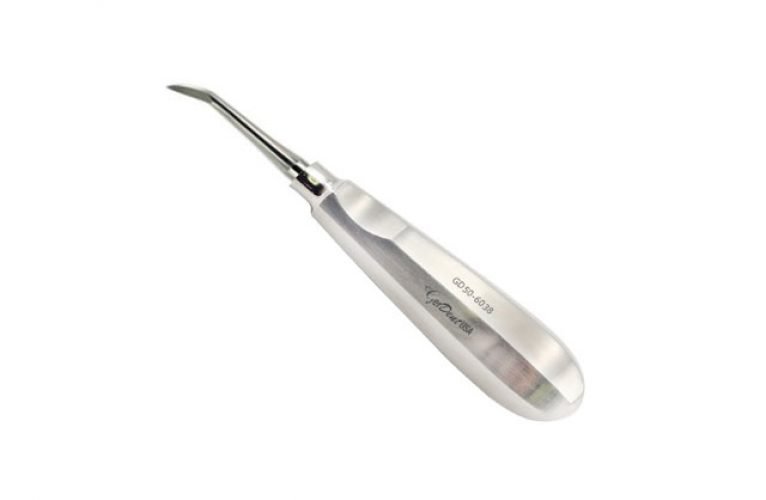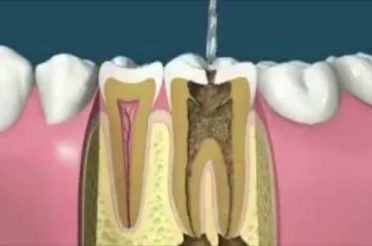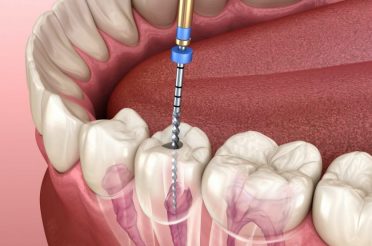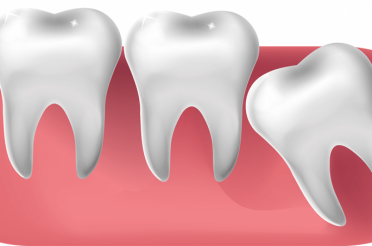Crane Pick Elevators Application In Oral Surgery

Luxating tool in dental surgery:
Elevators is an umbrella term that defines the function of the various tools used to luxate or elevate a tooth during extraction. Of course, these tools can be used as exploring instruments or even when removing calculus, but their primary purpose is quite specific. For instance, the Crane Pick Elevator is designed to lift fractured roots and broken tips from the base of the tooth pocket during an extraction.
What is a Crane Pick Elevator?
This is a Pick type of elevator used in the removal of roots in case of fractured or bicuspid tooth removal. This is a heavier version of the pick-type elevator. The three main components of this variation are
Handle
The two major variations of this luxating tool are the 8 small and the 8. The handle size on these types is relatively generous for an easy grasp and controlled force application. The handle has a long axis that is rounded at the end to give the operator adequate movement when luxating the root from its socket.
Shank
the shank is the extended rod-like portion of the instrument that connects the working end to the handle. This also helps reach further into the oral cavity with ease and prevents misplacement of the tip of the instrument when in use. this keeps the instrument stable and is strong enough to facilitate the exo-lever movement of the instrument when the gingiva around the tooth is loosened and the mesial is penetrated.
Tip/blade
the robust tip of the instrument is designed to reach deeper into the periodontal ligament and twist. This motion mobilizes the tooth for safe removal. However, in case the root is left in the alveolar bone, the operator will use the crane-like tip of the instrument to engage with the root and pull it out.
Uses and Function:
The crane pick elevator may be used in conjunction with dental forceps and other variations of luxation instruments to fully extract a tooth. The primary uses for the said instrument include
- Engaging with the broken or fractured root of an extracted tooth
- To remove sectioned and split roots from the base of the socket
- To create a purchase point in the bone fragments
- To extract malposed roots that have erupted
In most cases, this functions as a “pick” that is inserted into the 3mm hole drilled into the root using the interdental bone as a fulcrum when the root is elevated. this variation works on the lever principle.
Application: atraumatic removal of roots
Periotomes, forceps, and other Elevator dental tools can be used to elevate the tooth to a certain extent. Challenging cases where the tooth has decayed significantly, or a fractured tooth warrants the use of heavier instruments such as pick-type luxation tools.
Extracting a broken took directly from the buccal plate and the alveolar bone are extremely challenging situations that can lead to serious tissue and bone damage if incorrect tools are employed. The tip of the crane pick luxator provides the operator stable access to the base of the socket without damaging the gingiva or the gum in the process. The lever principle allows the dentist to place the elevator at an angle and twist of lift as needed without engaging another part of the oral cavity.
This mechanism protects the rest of the teeth and the cavity from being impacted by the complicated extraction.
Anglevators and Pick-type Luxation tools
Most extractions are a result of severe periodontal diseases that need to be treated only by removing the tooth. In such cases, the probability of a fractured tooth is exponential. Often when mobilizing the tooth, dentists manage to pull out a portion of the structure rather than the whole tooth.
Tips and roots are left behind, which are then carefully removed by individually engaging with these. To improve the chances of full removal, elevators may be introduced alone with crane pick type tools,
Anglevators guarantee atraumatic removals by reaching the tissue and fiber that connect the tooth to the oral cavity in a few swift motions. The length and width of the tip allow the dentist greater control over the entire tooth and thus promote a clean fracture-free removal.
In case of severely damaged teeth, a root tip pick elevator may be used after a significant portion of the bone has been removed. As the name suggests this type of elevator has fine angled tips on both working ends. The delicate sharp tip is placed between the root tip and the socket wall to gently nudge the broken piece out of the pocket. A wedge or lever principle cannot be applied to this elevator as the tip might break.
Purchasing the right tools
Bear in mind that surgical instruments are an extension of the surgeons’ hands. As such these need to be ergonomic, lightweight and made from premium grade materials. GerdentUsa Inc is a manufacturer/supplier of oral surgical tools that understand the function of high-quality instruments in surgery and thus offer a wide range of well-crafted, FDA-compliant tools.
As innovators behind the impressive Anglevator, their instruments are long-lasting, reusable, and error-free in design.







